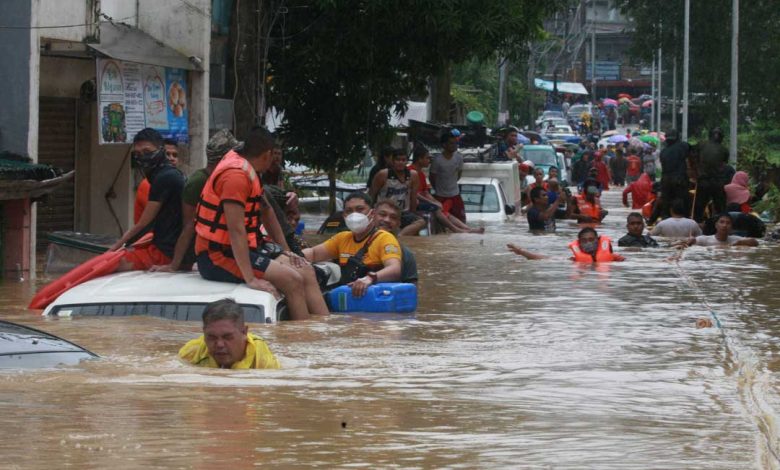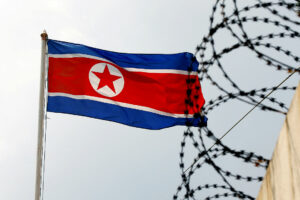PHL among most exposed to climate change risks

THE PHILIPPINES is one of the countries most exposed to climate change physical risks, particularly floods and storms, according to Fitch Ratings.
Based on Fitch’s Climate Change Physical Risk Exposure Heatmap rankings released on Wednesday, the Philippines ranked fourth in terms of risks arising from floods and storms.
The Philippines trailed Mozambique (1st), Vietnam (2nd), and Bangladesh (3rd) in the ranking of countries most vulnerable to floods and storms.
In a report, Fitch said climate change will lead to higher physical risks from higher temperatures, intense droughts, storms, floods, rising sea levels, among others.
“As the impact of secular climate change builds and extreme weather events strike, they will have a net negative effect on economic activity and public finances, and may trigger political shocks… Undiversified economies in harm’s way of adverse climate trends, with weak buffers and limited adaptation capacity are most vulnerable,” it said. — LWTN
Fitch assessed the physical risk exposures using a range of current indicators and climate model projections for 2040-2059 using a scenario that involves a rise in global temperature of 2.4 Celsius above the pre-industrial average by 2100.
Fitch said it expects climate change physical risks to lead to some rating downgrades of the “most vulnerable” sovereigns.
“The climate is changing and this will have an increasing effect on sovereign creditworthiness. Fitch aims to capture this in sovereign ratings, as it does for all factors that it believes are relevant and material for creditworthi-ness,” it said.
Based on the report, the Philippines already had the fifth-highest average annual rainfall from 2011 to 2020, next to Malaysia, Costa Rica, Indonesia, and Guatemala. An average of 20 typhoons or storms hit the Philippines every year.
“Flood risk is complex and reflects many other factors, including peak events within wet months, rainfall in areas upstream of major rivers, storm surges, and the effectiveness of infrastructure, such as flood defenses and drainage,” Fitch said.
The report also showed the Philippines is the second-most exposed to risk of storms, after Japan but ahead of South Korea and China.
“The countries suffering the most damage from storms relative to gross domestic product (GDP) were Mozambique, Jamaica, Oman, El Salvador, the Philippines and Vietnam,” Fitch said.
The Philippines, alongside China, the United States and India, saw the highest number of climate-related natural disasters and extreme weather events in the past 20 years.
By 2100, Fitch warned that risks from climate change could mean losses of about 8% to Philippine GDP per capita.
“Climate change physical risks will have an adverse effect on GDP in some [of the world’s] regions through business disruption, damage and higher cost; a reduction in capital and labor productivity; shifting prices, terms of trade and economic rents; adverse health outcomes; and making some activities such as agriculture unviable,” Fitch said.
Fitch in July downgraded its outlook to the country’s “BBB” rating from “stable” to “negative,” citing the impact of the prolonged pandemic crisis. — LWTN




